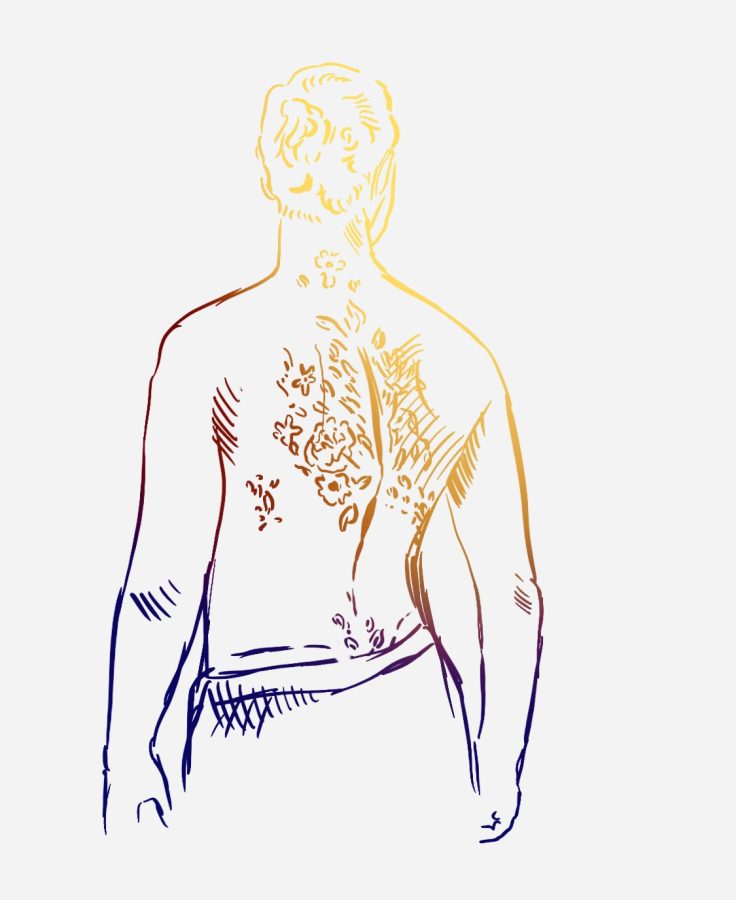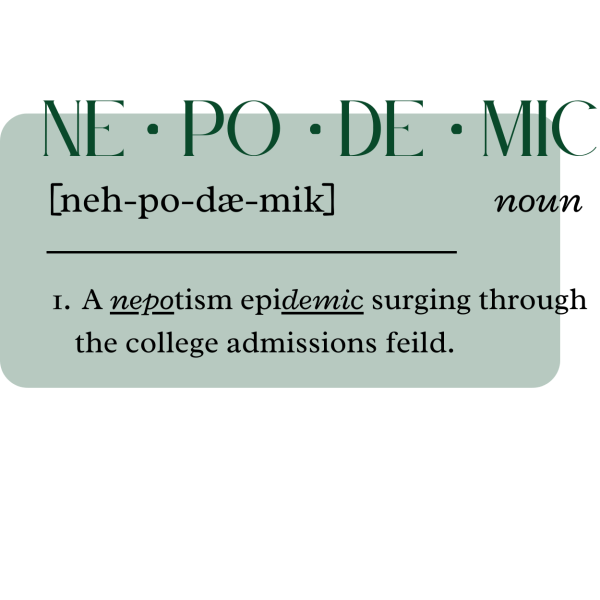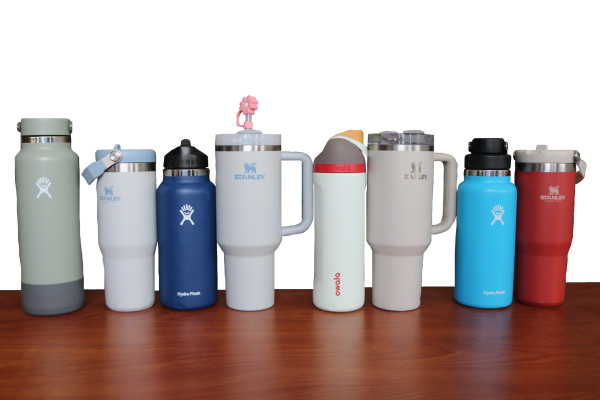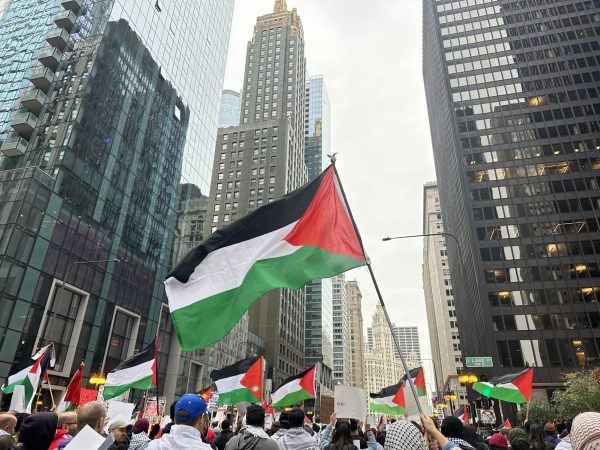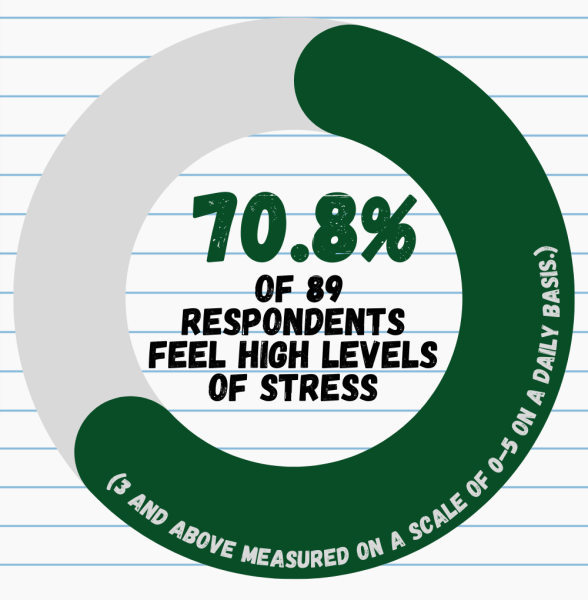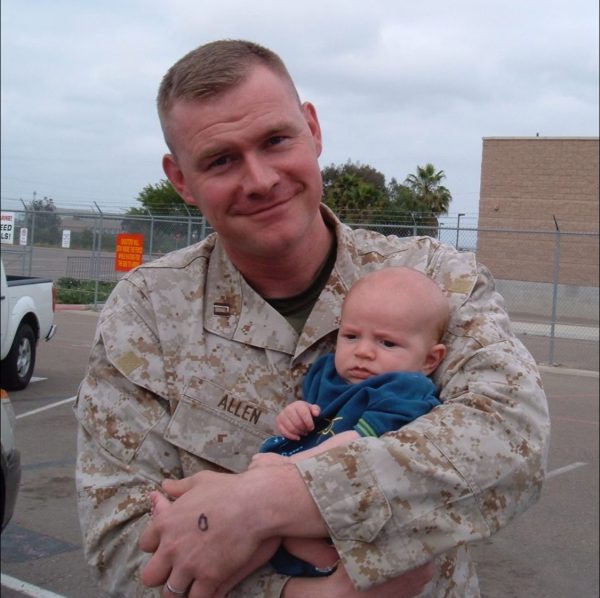We need to talk about men’s beauty standards
Ethnicity, body type, and height should be celebrated with pride and individuality in both women and men.
Men’s beauty. Women’s beauty. Which sounds more normal?
For the vast majority of us, the latter probably does. As a product of the societal gender norms that we see everyday, it feels weird to refer to the attractiveness of men as beauty. Paralleling this, it’s become more common to talk about reforming beauty standards for women.
In recent years, beauty standards for women have been a topic of discussion that has sparked real progress. There is more diversity in size, shape, race and other areas when depicting beauty in the media now than ever before.
While great strides have been made when it comes to illustrating what is considered beautiful, there is a certain community that we seldom talk about — men, and the unique beauty standards they face.
There is a stigma that surrounds talking about the pressures regarding beauty standards that growing boys feel. When those insecurities are not properly addressed, it can lead to detrimental behaviors for not only men themselves, but also the rest of society.
These physical insecurities are perpetuated by underrepresentation and fear of discussion. As the stigma grows, the pressure men face when it comes to appearance grows stronger.
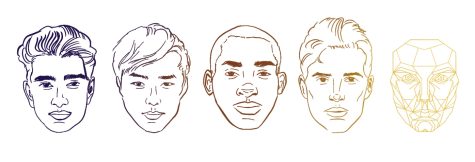
Throughout time, being masculine has been associated with being tough, and not talking about feelings or insecurities in the same way a woman does. Even as these norms of masculinity are being disassembled in recent years, they still exist and they can be challenging for growing boys to talk about.
My younger brother is in eighth grade, and he has expressed discomfort with the fact that he is blatantly Asian in a town that has less diversity. He is also not tall, and he doesn’t fit the stereotypical, conventionally attractive Caucasian standard in Libertyville.
My mom, who’s from Japan, has told my brother that he very much fits the Japanese beauty standard. However, he lives here. And part of his self worth is determined by how well he conforms to the standards here.
Furthermore, he feels like his insecurities aren’t something worth discussing. I have brought it up, but he clams up immediately, and refuses to talk about it.
That’s the root of the problem. The stigma surrounding standards of attractiveness when it comes to body type, face structure, and complexion is prevalent yet seldom discussed when it comes to men.
Of course, simply being insecure about appearance can be problematic, but there are serious ramifications for the lack of discussion for men and the pressures they face. For example, men are less likely to get help for something like an eating disorder, or behaviors that border on an eating disorder to look a certain way, go unnoticed.
Specifically, according to the National Library of Medicine, “A frequent behavior among eating disordered men is excessive exercise; which can become ‘addictive’ and is sometimes referred to as Anorexia Athleticism.”
Males suffering from eating disorders and body image issues have an immense stigma to overcome and, as a result, have been significantly neglected in both diagnosis and treatment.
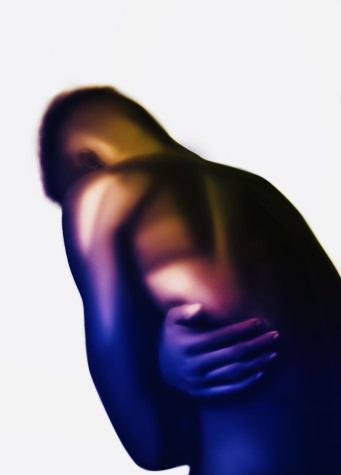
Additionally, being unable to discuss these can damage their relationships with others. This ties into the fragility and stigma encompassing men’s beauty standards and its relationship with toxic masculinity.
The desire of heterosexual self-presentation is an important facet of toxic masculinity, as any behavior that indicates femininity is often met with negative consequences and falsely characterized and negatively associated as homosexual behavior by other men. Therefore, the pressure to adhere to masculine gender role conformity, when left to fester, can also enforce homophobia.
It should be noted that the male identity extends far beyond cisgender, heterosexual males. When it comes to non-binary and transgender identities, there is more openness in defining what masculinity vs. femininity is. This is going against the grain, however, and the toxic impacts of standards poses an obstacle.
Continued representation of the LGBTQ+ population in books, television, and media overall is essential to make progress.
Additionally, it’s time to see more varying sizes and shapes and races of men in the media. There needs to be a culture that establishes that adhering to traditional standards of masculinity is not how it has to be.
The underlying insecurities that women AND men face are universal. Human beings are ontologically vulnerable and insecure, according to Harini Natarajan, a certified emotional intelligence practitioner. We’re all human after all, so it’s time to disassemble the conventional attitudes encompassing men’s beauty. Working towards a society that nips toxic masculinity in the bud as boys grow up is essential.
I want my brother to grow up in a society where it’s okay to talk about his insecurities, because he isn’t alone. I want him to know that admitting that he is sometimes uncomfortable in his skin and being vulnerable doesn’t make him seem weak.
I want him to be proud that he’s Asian. Proud that he looks the way he does. Just like I am.



